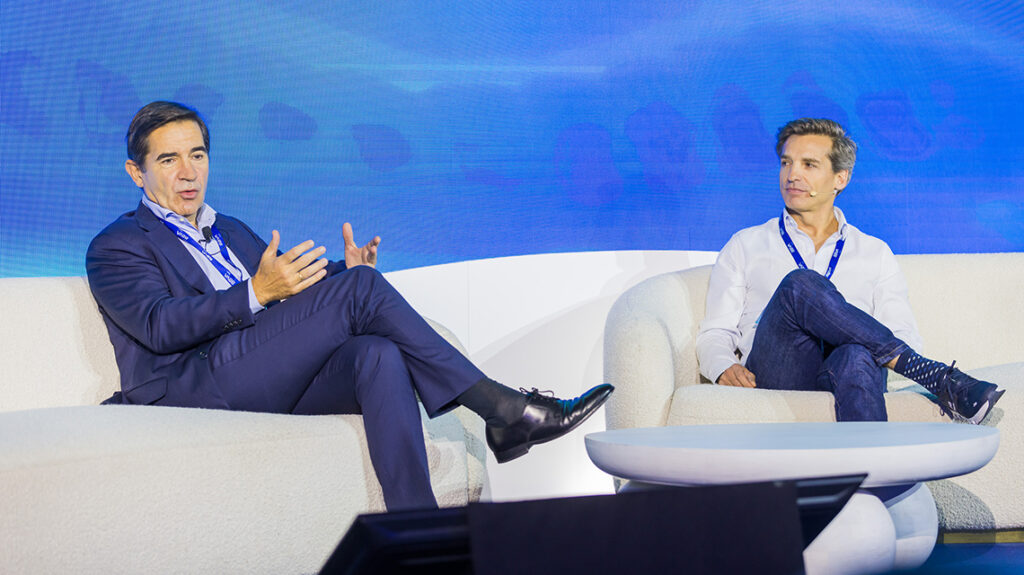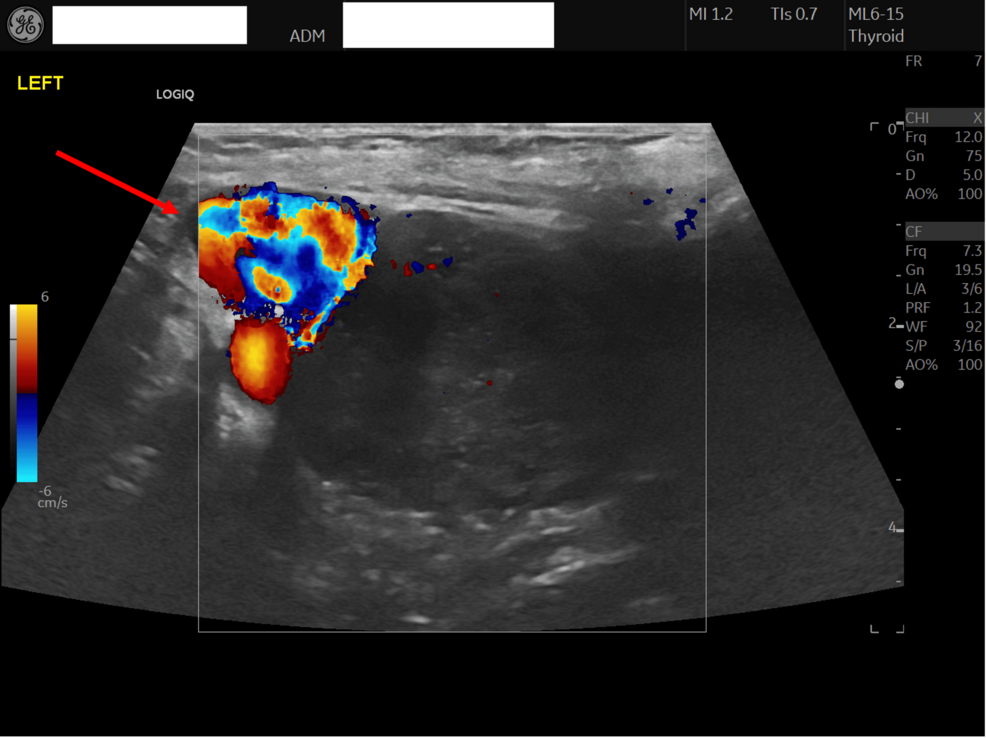A lot of classic software is reaching end-of-life (EOL) this month. Windows 10, Office 2016 and Exchange Server 2016 have survived after nearly a decade of service. Not far behind, after six years in existence, comes the end of Office…
Author: admin
-

Strong 7.4 magnitude earthquake hits southern Philippines
A 7.4 magnitude earthquake struck off the southern coast of Philippines, prompting tsunami warnings from Philippine and Indonesian authorities.
Residents in coastal towns in central and southern Philippines were asked to evacuate as authorities…
Continue Reading
-

Consumer AI adapted for drug safety, repurposing leads
Consumer AI adapted for drug safety, repurposing leads | Mobi Health News
Skip…
Continue Reading
-

‘He Is A Good…’: Sourav Ganguly Backs Shubman Gill Ahead Of ODI Series Against Australia | Cricket News
Former BCCI president and legendary Indian skipper Sourav Ganguly has extended his best wishes to Shubman Gill, who is set to lead India in ODIs for the first time. Ganguly expressed confidence in the young batter’s leadership skills and his…
Continue Reading
-

Carlos Torres Vila unveils BBVA’s projects to drive excellence in customer relations through cutting-edge AI
The third BBVA Spark Summit in Barcelona brought together more than 350 ecosystem leaders, over half from startups, and 45 venture capital funds from eight countries. The event has become a key venue for matching talent, capital and innovation, and for showcasing Catalonia as one of Europe’s leading tech hubs.
During his dialogue, Torres Vila said BBVA’s push to deploy AI across the organization is helping it differentiate the customer experience, support bankers, manage risk, develop software and streamline processes.
He added that AI has sped up how the bank designs and rolls out processes and applications, and noted BBVA’s large AI operations “factory” for automation and software development, which lifts efficiency and lets teams focus on higher‑value work. He added that analytics and ready access to data are essential to make these models work and to translate them into better services and processes for customers.
BBVA Spark reaffirmed its backing for innovative entrepreneurship, calling it vital to regional economic development. In its three years of operation, the unit has attracted 1,700 customers and channeled more than €750 million in working‑capital and long‑term financing. BBVA has also invested over €900 million in private‑equity funds that support startups and technology‑based companies worldwide.
The BBVA Chair praised entrepreneurs, saying success stems from passion, a focus on value‑based impact, and the courage and conviction to build something great. BBVA Spark has a London‑based team covering Europe, and offices in Madrid, Barcelona, Mexico City, Bogota and Buenos Aires.
Continue Reading
-

IUCN and APRIL launch five-year collaboration to advance conservation science in Indonesia and beyond – Press release
The collaboration brings together IUCN’s global scientific expertise and APRIL’s operational reach in Indonesia to generate robust conservation science, expand the use of conservation tools in APRIL’s conservation and restoration landscapes, and build capacity that supports national and international biodiversity goals.
A key focus of the collaboration is the expansion of IUCN’s Red List of Ecosystems (RLE), one of the world’s most important indicators of ecosystem health under the Global Biodiversity Framework. This will contribute to a Global RLE Peatlands Assessment, aiming to provide stronger evidence to guide the conservation of this critical ecosystem and important global carbon sink.
The collaboration will also pilot the IUCN RHINO approach for Rapid, High-Integrity Nature-positive Outcomes within APRIL’s operations, including its 150,693-hectare Restorasi Ekosistem Riau (RER) forest conservation and restoration programme, located on Sumatra’s Kampar Peninsula.
The collaboration will evaluate and provide strategic guidance on ways to further enhance APRIL’s biodiversity conservation and restoration programmes, while generating practical lessons for the wider forestry and land-use sector on how they can measure, improve, and share progress on biodiversity outcomes.
“The world is running out of time to reverse biodiversity loss, and science must guide every step we take,” said Dr Grethel Aguilar, IUCN Director General. “This collaboration with APRIL allows us to scale up the Red List of Ecosystems and test new approaches like IUCN RHINO in real-world scenarios. By combining IUCN’s science with APRIL’s operational reach in Indonesia, we can turn data into action and create a sustainable model for how business and conservation can work together to meet global biodiversity targets.“
The collaboration further provides a unique opportunity for IUCN to strengthen its work with its Indonesian members and conservation actors, catalysing on-the-ground action at scale. As part of the collaboration, IUCN will deepen engagement with a range of stakeholders in Indonesia, contributing to the advancement of national efforts to conserve and restore biodiversity with strong integration of the perspectives of communities and experts in Indonesia.
“For us, conservation is about taking practical action. Businesses today are expected to move beyond pledges and deliver results that are credible, practical and measurable on the ground. Our collaboration with IUCN strengthens APRIL’s science-based approach to landscape management and accelerates delivery of our APRIL2030 commitments. By combining global science with local action, this partnership enhances our conservation and restoration programmes and engages a wider network of experts and stakeholders to achieve meaningful biodiversity outcomes,” said Anderson Tanoto, Managing Director at RGE and member of the Executive Committee at APRIL.
The IUCN–APRIL collaboration supports the delivery of the Global Biodiversity Framework, demonstrating how private sector engagement can align with international conservation priorities.
By fostering resilience in ecosystems, strengthening community engagement, and advancing biodiversity science, the partnership represents APRIL’s commitment to collaborate with IUCN represents a concrete step toward fostering resilience in ecosystems and communities while supporting global biodiversity targets.
Continue Reading
-
Ericsson at India Mobile Congress 2025: Showcasing 5G innovations that power India’s digitalization journey – Ericsson
- Ericsson at India Mobile Congress 2025: Showcasing 5G innovations that power India’s digitalization journey Ericsson
- Telecom push: Ericsson to produce all gear in India, 6G trials expected by 2028 Times of India
- Ericsson Showcases 5G Innovations at India Mobile Congress 2025 TimesTech
- ‘Open to help those that missed targets’: MoC Scindia on Telecom PLI scheme beneficiaries The Indian Express
- We are ready to invest more in India: Ericsson executive Andres Vicente Business Standard
Continue Reading
-
Security forces kill 30 Indian sponsored Khwarij in Orakzai – RADIO PAKISTAN
- Security forces kill 30 Indian sponsored Khwarij in Orakzai RADIO PAKISTAN
- Pakistan Army officer martyred, 7 terrorists killed in DI Khan IBO: ISPR Dawn
- Military officers among 11 security personnel killed in Pakistan Anadolu Ajansı
- 11 Pakistani…
Continue Reading
-

Innovative new chapter for LIV Golf Adelaide 2027 confirmed
Peter Malinauskas, Premier of South Australia: “LIV Golf Adelaide has been an economic success for our state — delivering more than $217 million in economic benefit in its first three years and helping to cement South Australia as a national…
Continue Reading

